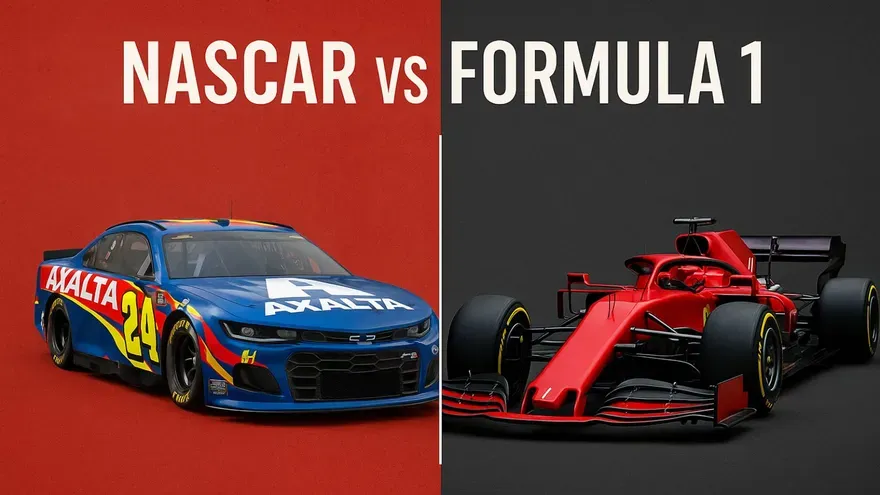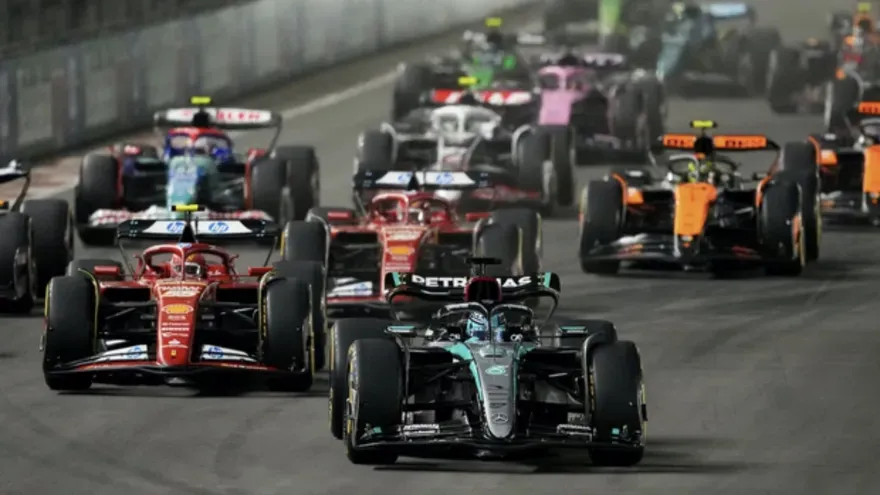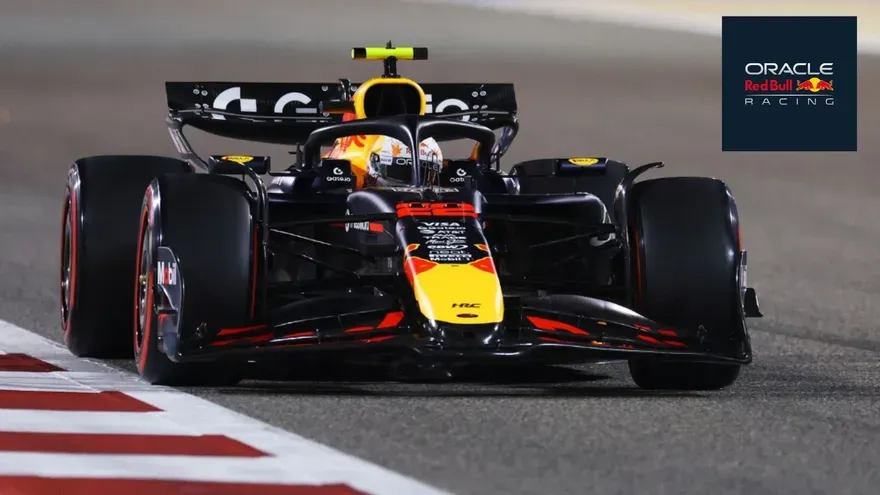Formula One (F1) racing is a highly competitive motorsport that involves some of the most advanced and cutting-edge technologies. One of the most important factors in F1 racing is aerodynamics, which plays a crucial role in determining the performance of the car. In this article, we will explain the key concepts of F1 car aerodynamics in a way that is easy to understand for anyone.
Have you ever blown on a piece of paper and watched it move? That's kind of like how an F1 car uses aerodynamics. An F1 car is like a really fast, super cool race car that has a lot of wind going over it as it drives.
Now, imagine you're riding in a car going really fast and you stick your hand out the window. What happens? Your hand gets pushed back by the wind! That's kind of like how an F1 car uses aerodynamics too.
The F1 car has a really special shape that makes the wind go over it really smoothly, which helps it go really fast. The shape of the car makes the wind move around it in a certain way, kind of like how a boat moves through the water. It's called a "streamlined" shape.
Introduction to F1 Car Aerodynamics
F1 car aerodynamics is all about the science of air flow and how it affects the performance of the car. In order to go faster, F1 cars must generate a lot of downforce, which is the force that pushes the car down onto the track, increasing its grip and stability. However, generating downforce also creates drag, which can slow the car down.
To achieve the right balance between downforce and drag, F1 teams use a variety of aerodynamic devices, including wings, diffusers, barge boards, and sidepods. These devices work together to create a highly efficient and effective aerodynamic package that helps the car to go faster and perform better on the track.

Source: Pinterest
These are the main perspectives which engineers keep in mind while designing the aerodynamics of an F1 car:
Front Wing
The front wing is one of the most important aerodynamic devices on an F1 car. It is located at the front of the car and is responsible for generating downforce, which helps the car grip the track and improve its performance. The front wing is made up of several components, including the main plane, the endplates, and the flaps.
The main plane is the largest part of the wing and is located in the middle. The endplates are located at the end of the wing and help to direct the airflow around the tire. The flaps are smaller elements located on the upper surface of the main plane and can be adjusted to change the amount of downforce generated by the wing.
The front wing works by creating an area of low pressure above the wing and an area of high pressure below the wing. This pressure difference creates downforce, which pushes the car down onto the track and improves its grip. The front wing is also adjustable, allowing teams to make changes to the amount of downforce generated by the wing. During a race, the teams will make adjustments to the wing based on the track conditions and the performance of the car.
In addition to providing downforce, the front wing also plays a role in directing airflow around the car. The endplates and flaps work together to control the flow of air around the tire and minimize turbulence, which can slow the car down.
Also Read | Top 10 toughest tracks in Formula 1
Barge Boards
Barge boards are another essential component of F1 car aerodynamics. They are vertical aerodynamic devices that are fitted to the sides of the car, near the front wheels. Barge boards play a crucial role in shaping the airflow around the car and directing it towards the car's diffuser, rear wing, and other aerodynamic elements.
The primary purpose of barge boards is to help control the airflow over the car and create downforce. As air flows over the surface of the car, it creates an area of low pressure behind it. The barge boards are designed to create vortices or small whirlwinds of air that help seal the gap between the car and the ground, reducing the amount of air that flows underneath the car. This reduced air flow creates an area of high pressure, which generates downforce and increases the car's grip on the track.
Barge boards also work in conjunction with other aerodynamic devices on the car, such as the front wing and the floor. By shaping the airflow around the front of the car, barge boards help to direct air towards the floor of the car, which then creates even more downforce.
In recent years, barge boards have become more complex and sophisticated. They are no longer just simple.
Also Read | F1 vs F2 vs F3
Sidepods
In Formula 1 racing, a sidepod is an aerodynamic device mounted on the sides of the car's cockpit, which helps to control the flow of air around the car. The sidepod is a crucial component of the car's overall aerodynamic package, and it plays a significant role in the car's performance.
The sidepods are designed to maximize the airflow around the car and reduce the amount of turbulence created by the front wheels. They also help to create downforce, which is the force that pushes the car down onto the track, increasing its grip and stability.
In addition to their aerodynamic function, the sidepods also serve as an important component of the car's cooling system. The sidepods house the car's radiators, which are responsible for dissipating the heat generated by the engine, transmission, and other components.
The design of the sidepods is a complex and highly technical process, involving the use of advanced computer simulations and wind tunnel testing to optimize their shape and performance. The positioning and shape of the sidepods can have a significant impact on the car's overall aerodynamics, as well as its handling and balance.
Overall, the sidepods are an essential part of the Formula 1 car's aerodynamic package, and they play a critical role in helping the car achieve the speed, stability, and performance necessary to compete at the highest levels of motorsport.
Also Read | How much does F1 car cost
Airbox
The airbox is a part of an F1 car that sits on top of the engine cover, behind the driver's head. It's a sort of funnel-shaped opening that allows air to flow into the engine. The airbox helps the car's engine to breathe, which is really important in making sure the car can go as fast as possible.
Inside the airbox, there is a filter that cleans the air before it gets to the engine. This is important because any dirt or debris in the air could cause damage to the engine.
The shape of the airbox is designed to help the air flow smoothly over the top of the car, which reduces drag and makes the car go faster. The airbox is also used to help cool the engine. When the car is driving at high speeds, the engine can get very hot, and the air coming into the airbox helps to keep it cool.
Overall, the airbox is an important part of an F1 car's aerodynamics. It helps the engine to breathe, cools the engine, and reduces drag, all of which contribute to making the car go as fast as possible.
Rear wing
The rear wing of an F1 car is a very important part of the car's aerodynamics. It helps the car go faster by creating downforce, which is a force that pushes the car down onto the track. This helps the car grip the track better and go around corners faster.
The rear wing is located at the back of the car, and it looks like a big flat airplane wing. It's made up of two parts: the main plane and the flap. The main plane is the big, flat part, and the flap is the smaller, adjustable part that can move up or down.
When the car is going in a straight line, the flap is usually set at a very small angle to the main plane. This creates a small amount of downforce, which helps the car grip the track better. But when the car is going around a corner, the flap can be adjusted to a steeper angle. This creates more downforce, which helps the car go around the corner faster without sliding off the track.
So, the rear wing of an F1 car is a very important part of the car's aerodynamics, helping it go faster and grip the track better by creating downforce.
Therefore basically, an F1 car is designed to be really fast by using the power of the wind, and the shape of the car and its wings help it stay on the ground and go even faster. It's like a really cool superhero car that uses wind powers to win races!
So, the next time you watch an F1 race, pay attention to the car's aerodynamics and how they help the car move so smoothly and effortlessly on the track.














